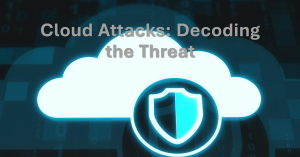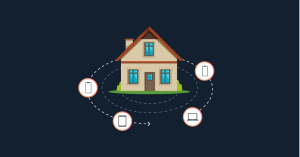Strategies for Network Defenders to Help Stop IT Recruitment Fraud
IT recruitment fraud is on the rise, with victims in 2024 losing over $501 million to job scams, as per research published by Moody’s. Scams primarily target job seekers by asking them to pay upfront (supposedly reimbursable) payments for jobs, stealing their personal identities, or using cutting-edge technologies like deepfakes for false interviews. However, recruitment […]










